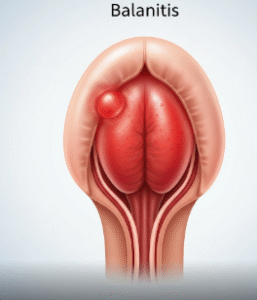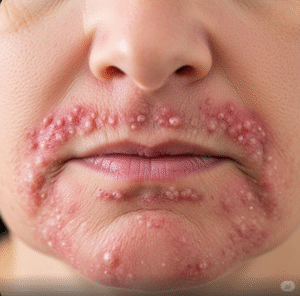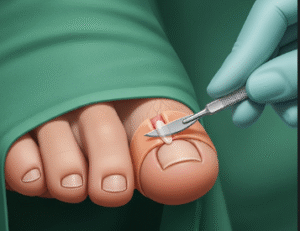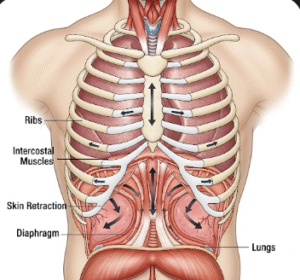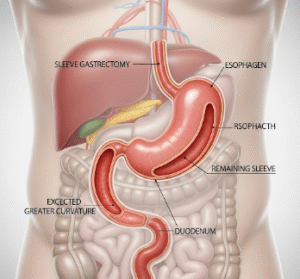Overview
Bleeding gums, medically known as gingival bleeding, occur when the soft tissue surrounding the teeth becomes inflamed, damaged, or infected. This symptom is often an early sign of gum disease (gingivitis or periodontitis), but it can also indicate systemic health issues, vitamin deficiencies, or medication side effects.
In Korea, dental care is highly advanced, with preventive dentistry, professional cleaning, and periodontal treatment widely available. Early intervention is emphasized to prevent progression to severe gum disease, tooth loss, or systemic complications.
What are Bleeding Gums?
Bleeding gums refer to any instance of blood appearing from the gums, typically during brushing, flossing, or eating hard foods. The condition can range from mild, occasional bleeding to persistent, profuse bleeding. Common causes include:
- Gingivitis: Inflammation of the gums caused by plaque buildup
- Periodontitis: Advanced gum disease that damages tissues and bone supporting the teeth
- Mechanical trauma: Aggressive brushing, flossing, or dental procedures
Bleeding gums may also signal underlying health problems, such as clotting disorders, vitamin deficiencies, or systemic conditions like diabetes.
Symptoms
Symptoms accompanying bleeding gums include:
- Red, swollen, or tender gums
- Gums that bleed during brushing, flossing, or eating
- Persistent bad breath (halitosis)
- Receding gums exposing tooth roots
- Loose or shifting teeth in advanced cases
- Pain while chewing or brushing
- White patches or sores in severe infections
The severity and frequency of bleeding are often indicators of the underlying cause.
Causes
The primary causes of bleeding gums include:
- Plaque and tartar buildup: Accumulation of bacteria at the gum line
- Gum disease: Gingivitis or periodontitis due to poor oral hygiene
- Vitamin deficiencies: Lack of vitamin C (scurvy) or vitamin K
- Medications: Anticoagulants or blood thinners increasing bleeding risk
- Hormonal changes: Pregnancy, menstruation, or menopause may make gums more sensitive
- Systemic conditions: Diabetes, leukemia, or clotting disorders
- Lifestyle factors: Smoking, poor diet, or stress affecting gum health
Risk Factors
- Poor oral hygiene habits
- Smoking or tobacco use
- Hormonal fluctuations in women
- Diabetes or other chronic diseases
- Aging, which increases susceptibility to gum disease
- Genetic predisposition to periodontal disease
- Medications such as anticoagulants, antiplatelet agents, or chemotherapy
Complications
If bleeding gums are left untreated, several complications can occur:
- Periodontitis: Leading to destruction of gum tissue and bone
- Tooth loss: Weakening of teeth support due to chronic inflammation
- Systemic infections: Oral bacteria may contribute to heart disease or diabetes complications
- Pain and discomfort: Affecting eating, speaking, and oral hygiene
- Abscess formation: Pus-filled infections in the gums
- Impact on quality of life: Self-esteem, appearance, and social interactions may be affected
Prevention
Preventive measures focus on maintaining good oral hygiene and overall health:
- Regular brushing: At least twice daily with proper technique
- Flossing: Daily removal of plaque between teeth
- Professional dental cleanings: Every 6 months to remove tartar and detect early issues
- Balanced diet: Adequate vitamins C and K to support gum health
- Avoid tobacco products: Smoking increases risk of gum disease
- Monitor medications: Discuss bleeding risk with a healthcare provider if on anticoagulants
- Manage chronic diseases: Proper diabetes control and routine medical check-ups
Treatment Options in Korea
Diagnosis
Korean dental clinics utilize modern diagnostic tools to identify the cause of bleeding gums:
- Dental examination: Checking gum health, plaque, and tartar accumulation
- X-rays: Assess bone loss and structural issues around teeth
- Blood tests: Detect vitamin deficiencies, clotting disorders, or systemic conditions
- Periodontal probing: Measures gum pocket depths to determine disease severity
Medical and Dental Management
- Professional cleaning (scaling and root planing): Removes plaque and tartar to reduce inflammation
- Antimicrobial therapy: Mouth rinses or topical antibiotics for bacterial infections
- Corrective dental procedures: Surgery for advanced periodontitis, such as flap surgery or bone grafts
- Lifestyle modifications: Improved oral hygiene, diet, and cessation of smoking
- Medication review: Adjusting anticoagulants or other drugs contributing to bleeding
Supportive Care
- Daily oral hygiene education and guidance from dental hygienists
- Nutritional counseling for vitamins and minerals essential for gum health
- Follow-up dental visits to monitor progress and prevent recurrence
- Management of associated conditions like diabetes or anemia
Prognosis
With timely diagnosis and proper care in Korea, bleeding gums have an excellent prognosis:
- Early-stage gingivitis is reversible with improved oral hygiene and professional cleaning
- Advanced periodontitis can be managed with dental surgery, antimicrobial therapy, and maintenance
- Ongoing preventive care significantly reduces recurrence risk
- Patients maintaining consistent dental visits and proper oral care enjoy healthy gums and long-term oral health


